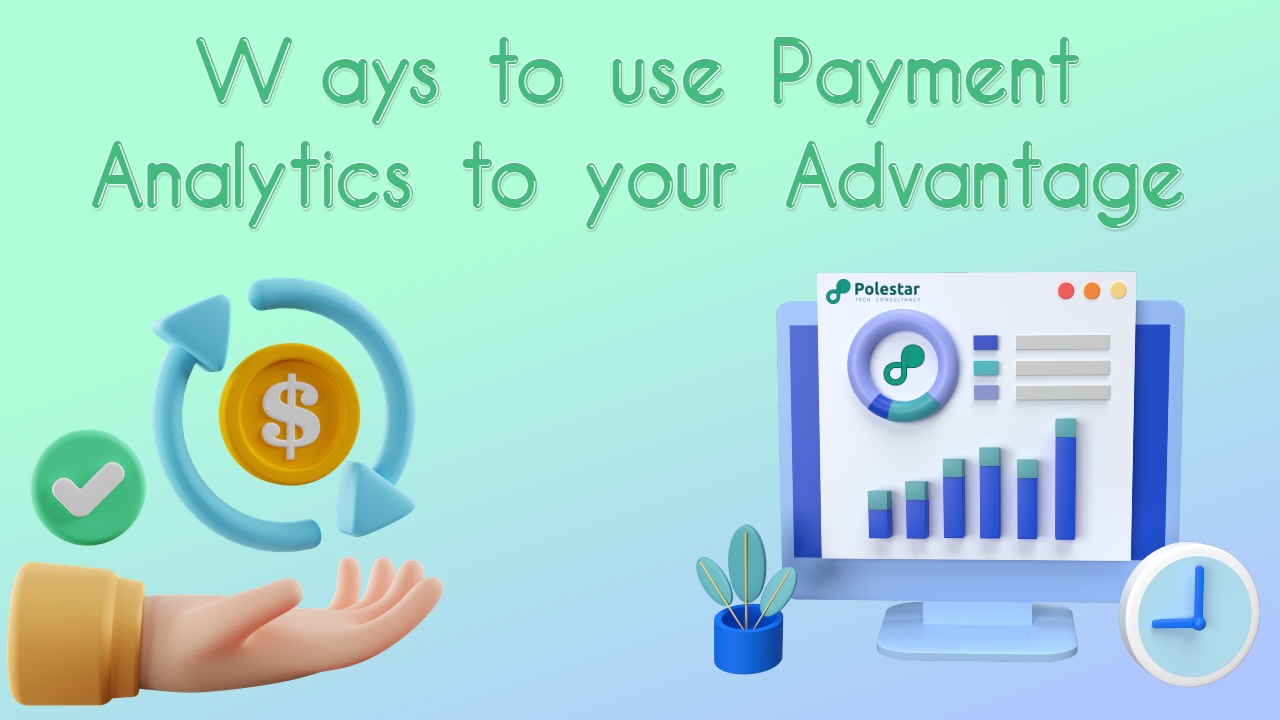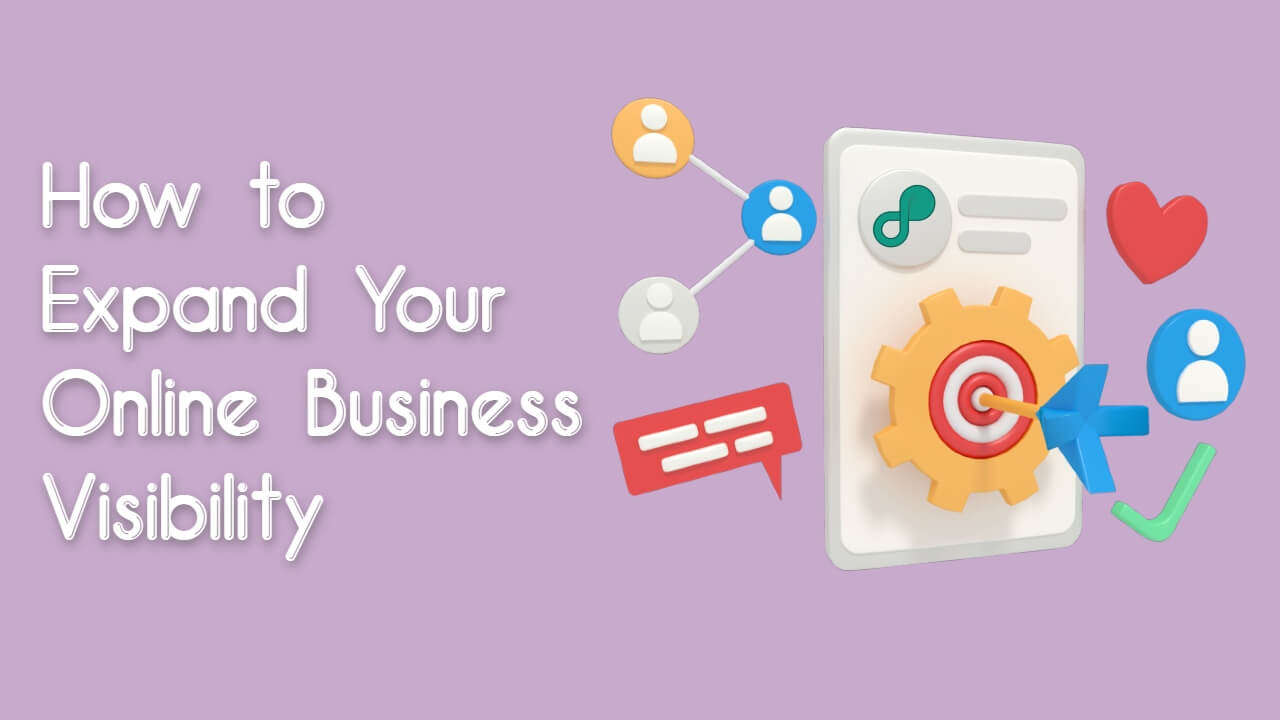30 Mar

Payment analytics is the process of analyzing payment data to gain insights that can help businesses make better decisions. By understanding the payment data and trends, businesses can improve their customer experience, reduce costs and increase revenue.
This can also provide data-driven insights into customer behavior, allowing businesses to make more informed decisions. With the right tools, companies can gain valuable insights into their customers’ spending habits and identify opportunities for improvement.
12 Ways to use Payment Analytics
1. How You Can Leverage Payment Analytics for Better Risk Management
Risk management in payments is an important part of any business as it helps to protect the company from fraud and other financial losses. Payment analytics can be used to detect fraudulent activity, prevent losses and improve the efficiency of payment processing. With the help of data analytics, businesses can identify patterns in payment behavior, allowing them to better predict risks and take proactive steps to reduce them. By leveraging payment analytics, companies can ensure that their payments are safe and secure while also improving their overall risk management strategies.
2. How You Can Use Payment Analytics to Monitor & Optimise Cash Flow
In today’s digital world, businesses need to be able to monitor and optimize their cash flow in order to remain competitive. Payment analytics can provide invaluable insights into the online payment trends of customers as well as cash flow optimization tools that can help businesses make better decisions.
With the help of this, businesses can keep track of online payments and analyze trends in order to identify areas where they may need to adjust their strategies. According to HPS Worldwide's website, by monitoring these trends, businesses can make more informed decisions about how they manage their cash flow and optimize it for better results. Additionally, payment trend analysis allows businesses to identify potential opportunities for growth or areas where they may need to improve their services.
3. Utilizing Payment Analytics for Enhanced Customer Experience & Retention
Data analytics can be a powerful tool to enhance customer experience and retention. This helps them optimize their services to better meet their customers’ needs, resulting in improved customer satisfaction and loyalty. Additionally, payment analytics can help businesses identify opportunities for upselling and cross-selling, as well as identify potential areas of risk or fraud. With the right data insights, businesses can create an effective strategy to ensure long-term customer retention and satisfaction.
4. Using Payment Data Analysis to Pinpoint Growth Opportunities Across Payments Landscape
With the rise of digital payments, businesses are increasingly turning to payment data analysis software to gain insights into their customers' spending habits and identify growth opportunities in the payments industry. Payment data analysis can help companies understand customer behavior, identify trends in spending patterns, and develop strategies for capitalizing on those trends. It can also provide valuable insights into customer preferences and help companies make more informed decisions about how they should structure their payment offerings.
Payment data analysis software is becoming an essential tool for businesses that want to stay competitive in the rapidly-evolving payments landscape. By leveraging this technology, businesses can gain a better understanding of their customer’s needs and develop strategies that will enable them to capitalize on new opportunities across the payments industry.
5. Identify & Increase the Most Profitable Products/Services
Identifying and increasing the most profitable products and services is essential for any business. It requires a deep understanding of their payment analytics use cases, product profitability analysis, and key performance indicators. With the right data-driven insights, businesses can make informed decisions that will help them increase their profits.
By leveraging payment analytics use cases, product profitability analysis, and key performance indicators, businesses can gain a better understanding of their customers’ preferences and purchase patterns. This information can then be used to identify which products or services are most profitable and how to increase their profitability. Additionally, businesses can also use these insights to create more effective marketing campaigns that target the right customers with the right offers at the right times.
6. Optimise Pricing Strategies & Maximise Revenue
Price optimization is an essential tool for businesses to maximize their revenue. By implementing the right pricing strategies and techniques, companies can optimize their prices to meet customer needs and maximize their profits.
Customer segmentation is a key component of price optimization, as it helps businesses identify different customer segments and tailor their pricing strategies accordingly. Companies can also use data-driven techniques such as predictive analytics to determine the optimal price points for each segment. With these tools, businesses can create customized pricing strategies that will help them maximize revenue while still providing value to customers.
7. Monitor Payment Trends & Adjust Marketing Initiatives Accordingly
As businesses move towards a more digital-centric approach, it is important to monitor payment trends and adjust marketing initiatives accordingly. By analyzing payment trends, businesses can understand customer behavior and optimize their marketing campaigns to maximize ROI. Moreover, by tracking payment trends, businesses can identify areas for improvement and make adjustments to their strategies in order to better meet the needs of their customers. With the right data analysis tools, businesses can gain valuable insights into customer habits and preferences that will enable them to make more informed decisions about how they market their products and services.
8. Identify High-Risk Customers & Address Fraud Issues Early On
Risk management is a critical component of any business. Identifying high-risk customers and addressing fraud issues early on can help you save money, time, and resources. With the help of advanced risk management strategies and fraud detection algorithms, businesses can proactively monitor customer activity and detect potential fraudulent activities. This helps them to take appropriate action in order to prevent losses due to fraudulent activities. By leveraging the power of these technologies, businesses can gain greater control over their risk management processes and ensure that their customers are safe from any kind of fraudulent activity.
9. Automating Payments with Smart Decision Making
Automating payments with smart decision-making tools is an effective strategy for businesses that need to streamline their payment processes. This strategy enables businesses to use predictive analytics to make smarter decisions when it comes to processing payments. By using automated payment solutions, businesses can reduce the amount of time and effort they spend on manual payment processing and instead focus on other aspects of their operations. With the help of these automated tools, businesses can also make more accurate predictions about future payments and take proactive steps to ensure that all payments are made on time.
10. Optimising Checkout Process for Increased Conversions
Optimizing the checkout process is key to increasing conversions and improving customer satisfaction. By implementing payment optimization strategies, businesses can ensure that customers have a seamless and secure experience when making purchases. This includes reducing the number of steps in the checkout process, offering multiple payment options, and providing clear instructions for customers. Additionally, optimizing the checkout process will help businesses increase their average order value by offering discounts or promotions at the point of purchase. By streamlining the checkout process, businesses can ensure that customers are more likely to complete their transactions and return for future purchases.
11. Optimise Credit Card Processing Costs with Analytical Insights
Credit card processing costs can be a huge burden for businesses. Analytical insights can help you optimize these costs and ensure that your business is running efficiently. With the help of analytical insights, you can gain visibility into the cost structure of credit card processing and make informed decisions on how to reduce costs. This will save you money in the long run and allow you to focus on other aspects of your business. Additionally, analytical insights will help you identify potential areas of improvement and make sure that your credit card processing costs are kept under control.
12. Drawback of not using payment analytics
Payment analytics is a powerful tool that can help businesses improve their payment processes and reduce costs. Without using payment analytics, businesses are likely to miss out on opportunities to reduce costs, gain insights into customer behavior, and increase efficiency.
Payment analytics can also provide valuable insights into customer behavior that would otherwise be difficult to obtain. This data can help businesses better understand their customers and make more informed decisions about how to best serve them.
Without payment analytics, businesses may find it difficult to identify inefficiencies in their payments process or identify areas where they could save money. They may also be unable to accurately measure the success of different strategies or tactics used for payment processing. Ultimately, not using payment analytics could lead to missed opportunities for cost savings and improved customer experience.
Wrapping Up
With the help of payment analytics, businesses can assess customer satisfaction and loyalty, reduce costs associated with fraud and chargebacks, increase efficiency in billing and payments processing, and boost overall performance. As more companies adopt this technology, it is becoming increasingly important for businesses to understand how to use it effectively. With the right strategy in place, payment analytics can be a valuable asset for any business looking to improve its operations.


.png)














Jay Pala